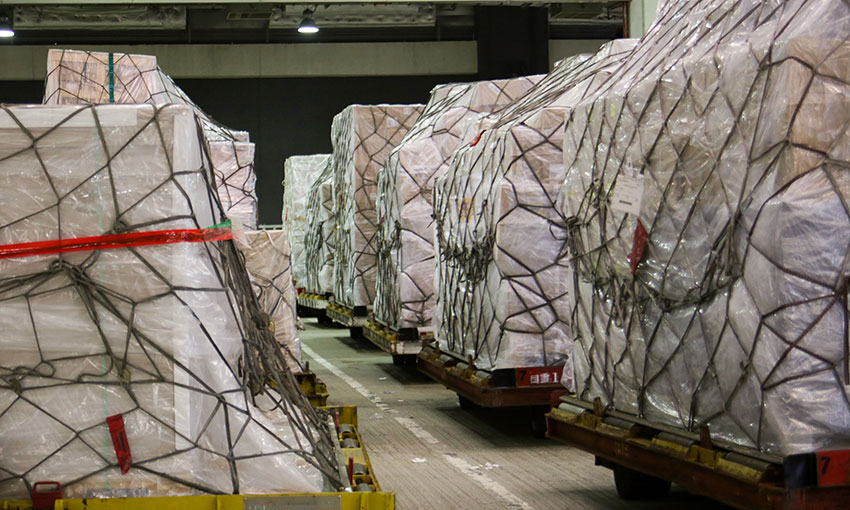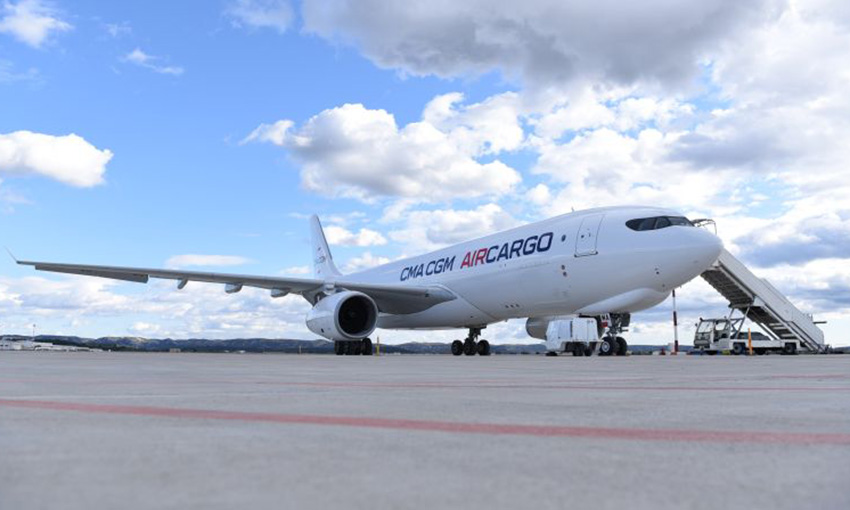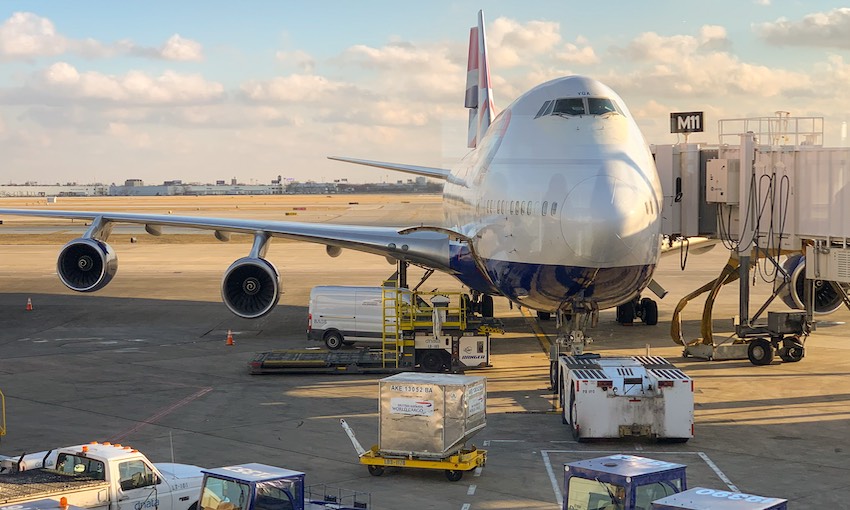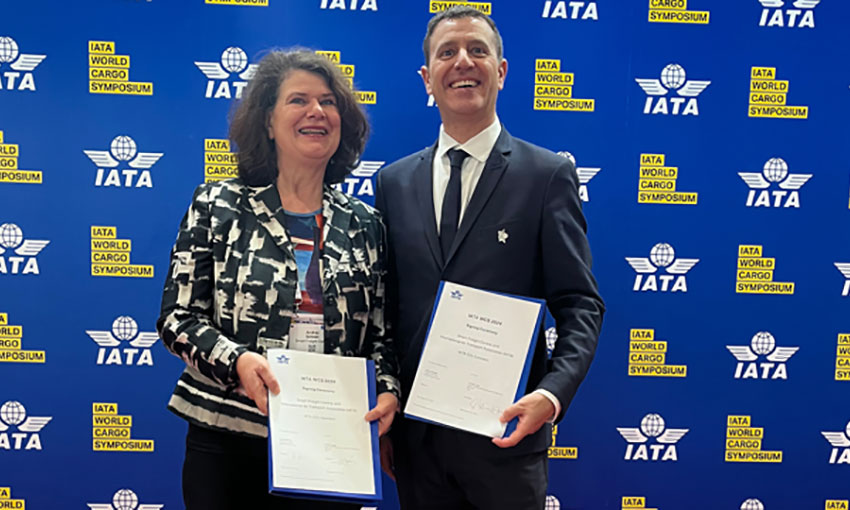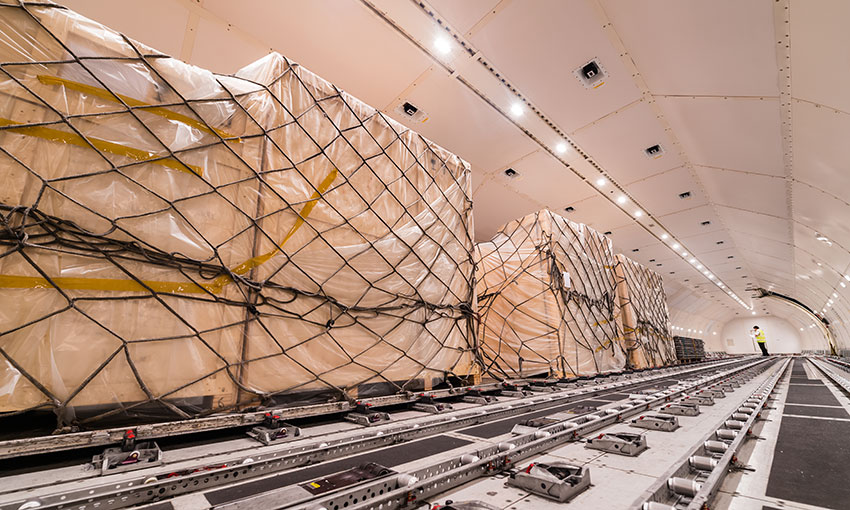THE International Air Transport Association (IATA) released September 2021 data for global air cargo markets showing that demand continued to be well above pre-crisis levels and that capacity constraints persist.
As comparisons between 2021 and 2020 monthly results are distorted by the extraordinary impact of COVID-19, unless otherwise noted, all comparisons are to September 2019, which followed a normal demand pattern.
Global demand, measured in cargo tonne-kilometres (CTKs), was up 9.1% compared to September 2019 (9.4% for international operations).
Capacity remains constrained at 8.9% below pre-COVID-19 levels (September 2019) (-12% for international operations).
Supply chain disruptions and the resulting delivery delays have led to long supplier delivery times. This typically means manufacturers use air transport, which is quicker, to recover time lost during the production process.
The September global Supplier Delivery Time Purchasing Managers Index (PMI) was at 36, values below 50 are favourable for air cargo.
The September new export orders component and manufacturing output component of the PMIs have deteriorated from levels in the previous month but remain in favourable territory. Manufacturing activity continued to expand at a global level but, there was contraction in emerging economies.
The inventory-to-sales ratio remains low ahead of the peak year-end retail events. This is positive for air cargo, however further capacity constraints put this at risk.
The cost-competitiveness of air cargo relative to that of container shipping remains favourable. Pre-crisis, the average price to move air cargo was 12.5 times more expensive than sea shipping. In September 2021 it was only three times more expensive.
Willie Walsh, IATA’s director general said, “There is a benefit from supply chain congestion as manufacturers turn to air transport for speed. But severe capacity constraints continue to limit the ability of air cargo to absorb extra demand.
“If not addressed, bottlenecks in the supply chain will slow the economic recovery from COVID-19. Governments must act to relieve pressure on global supply chains and improve their overall resilience,” he said.
To relieve supply chain disruptions, including those highlighted by the US on supply chain resilience on the sidelines of last weekend’s G20 Summit, IATA is calling on governments to:
- Ensure that air crew operations are not hindered by COVID-19 restrictions designed for air travellers.
- Implement the commitments governments made at the ICAO High Level Conference on COVID-19 to restore international connectivity. This will ramp-up vital cargo capacity with “belly” space.
- Provide innovative policy incentives to address labor shortages where they exist.
In regard to regional performance, Asia-Pacific airlines saw their international air cargo volumes increase 4.5% in September 2021 compared to the same month in 2019.This was a slowdown in demand compared to the previous month’s 5.1% expansion. Demand is being affected by slowing manufacturing activity in China.
International capacity is significantly constrained in the region, down 18.2% versus September 2019. Looking forward, the decision by some countries in the region to lift travel restrictions should provide a boost for capacity.

